One question I often get asked is about the sources of my design inspiration. And honestly, the answers vary depending on the fashion market segment I'm designing for. If it's the fast-paced world of fast fashion, the starting points tend to be trend reports and designer fashion. Whereas for designer brands, the inspiration tends to be from non-fashion sources.
In this post, let’s take a look at some of my fave tips for creating your own fashion trend board.
If you’re excited to start designing and want to learn how to design fashion products from scratch, even with zero experience or drawing skills, join The Fashion Design Challenge. You’ll get tutorials, links for free software, templates and more to help you create profitable fashion designs. Click here to learn more >>>>
1. Finding Inspiration {as a commercial fashion brand}
For commercial brands (ie, not designer brands, but those selling to the mass market), the inspiration often comes from best-selling items from designer brands with a similar aesthetic. The key is to develop these ideas to match your style and your customers' preferences. For instance, if a lot of designers are producing large, bold-coloured ruffle skirts, you might adapt the concept of ruffle skirts to suit your brand, but of course tailoring it to your brands uniqueness. We NEVER want to copy another brand closely.
For a more practical (and usually, cost saving) approach, you update some of your previous bestsellers to introduce a bit of freshness for the upcoming season. By updating designs, patterns, or introducing new color palettes to these bestsellers, you can effectively bring a sense of freshness to your collection without the need for starting from scratch. Therefore, you might want to include some of your past bestsellers on your moodboard as a reminder of what your customer loves.
2. Cultivating Originality {as a designer brand}
Designing high-fashion items that stand out in the crowd demands an out-of-the-box thinking approach, often requiring us to diverge from typical conventions. One such unconventional yet effective practice involves creating a mood board without any fashion items. At first, this may seem counterintuitive - after all, you are designing clothing - but there's a solid reasoning behind this technique. The premise lies in the belief that existing fashion items, when used as references, could inadvertently restrict your creativity. They might subconsciously guide your designs towards prevailing styles and trends, thereby limiting the scope of true innovation.
Instead, by removing clothing from the inspiration palette altogether, you're left with a blank canvas that challenges you to push the boundaries of your creative capacity. Designers often turn to elements unrelated to fashion, such as nature or art, for their inspirations. This approach allows for an infusion of fresh, innovative ideas into the design process, translating into creations that are truly unique and forward-thinking.
For instance, in the development of my latest design ideas (below), I used the assistance of AI and took references from the realms of space travel and futuristic cities. This approach unleashed a wave of avant-garde design concepts, unconfined by the standard fashion items.
3. Creating a Mood Board
The question now is, "What do I include on my mood boards if not fashion items?" The answer is simple: whatever inspires you. It could be travel, art, architecture, or even rock formations (I literally did a collection based on this in 2010!). Inspiration has no boundaries. A clear colour palette is a vital component of your mood board. This palette will guide your fabric choices, prints, and promotional materials. A 'colour standard' is also essential, which could be a Pantone code or a fabric swatch, ensuring your items match perfectly.
If you want to follow trends, there are many publications and websites out there which you can use. WGSN is the one I most commonly see being used by commercial fashion brands, but it is expensive, so you might want to look at cheaper alternatives and only buy category specific publications. Or for a free option, Pinterest can be a great place to start.
In The Fashion Design Challenge, there’s training on how to identify trends for free. Plus you’ll get my template for creating a moodboard online with easy to use free graphic design software.
You don’t have to create a digital moodboard or something fancy. The purpose of this is to inspire YOU, so if you prefer cutting pictures out of magazines old school style - go for it!
4. The Process of Assembling a Trend Board
The process begins with primary research, which involves capturing photos of inspiring elements, ideally yourself going out IRL! Then comes secondary research, looking for related ideas in books, magazines or online and conducting trend research. This process often leads to one 'iconic' image that summarises the collection effectively. But it doesn’t have to, it could be a collection of images.
Pinterest is an amazing resource for gathering images, creating collections and essentially creating a huge moodboard. I’ll usually create a board on Pinterest with some ideas and then choose the best images to take over to Canva and create my final moodboard with.
5. Utilising Your Mood Board
Having a completed mood board can greatly simplify the design process, providing a tangible reference point that can guide you from start to finish. It forms a visual palette, an amalgamation of your creative vision which assists in making key decisions. For instance, when it comes to approving colours for your project, instead of trying to recall an abstract concept or idea, you can simply refer back to the mood board.
Creating your mood board is not just about communicating your ideas but also about fostering cohesion within your collection. It plays a critical role in ensuring the aesthetic and thematic direction remains consistent and creates a fashion range that will look great when photographed, sold and worn together. You can share the moodboard with others that you work with and by providing a common reference point, it minimises misunderstandings and encourages a unified approach towards achieving the project goals.
Creating a mood board is one of the most enjoyable and creative aspects of running a fashion business. If you're looking to take your mood board creations from the drawing board to reality, I invite you to join my free masterclass 'How to Get Your Fashion Ideas Produced'. This masterclass will equip you with the skills to transform your mood boards into a real-life collection. Click here to join the masterclass and start bringing your fashion ideas to life!

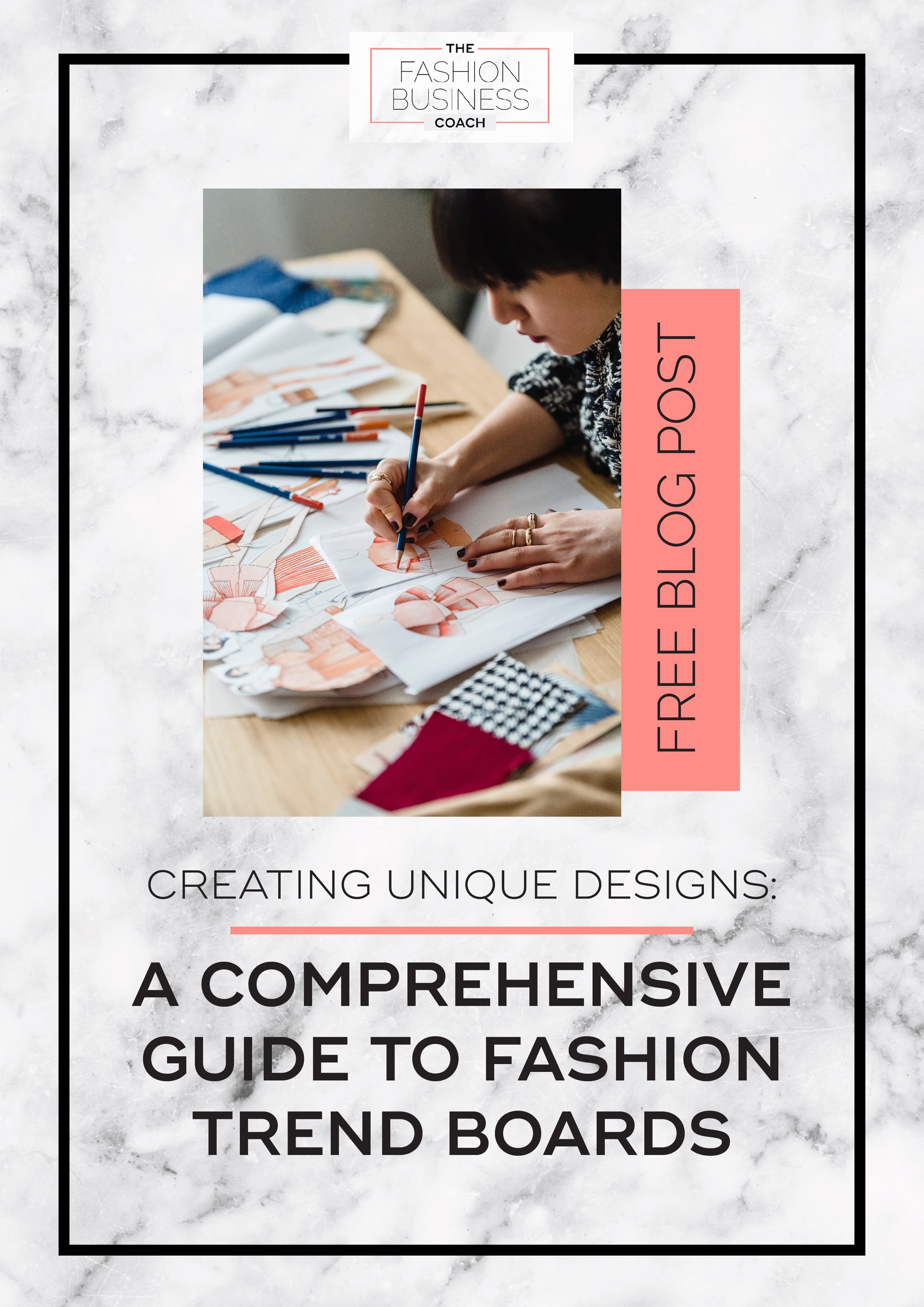
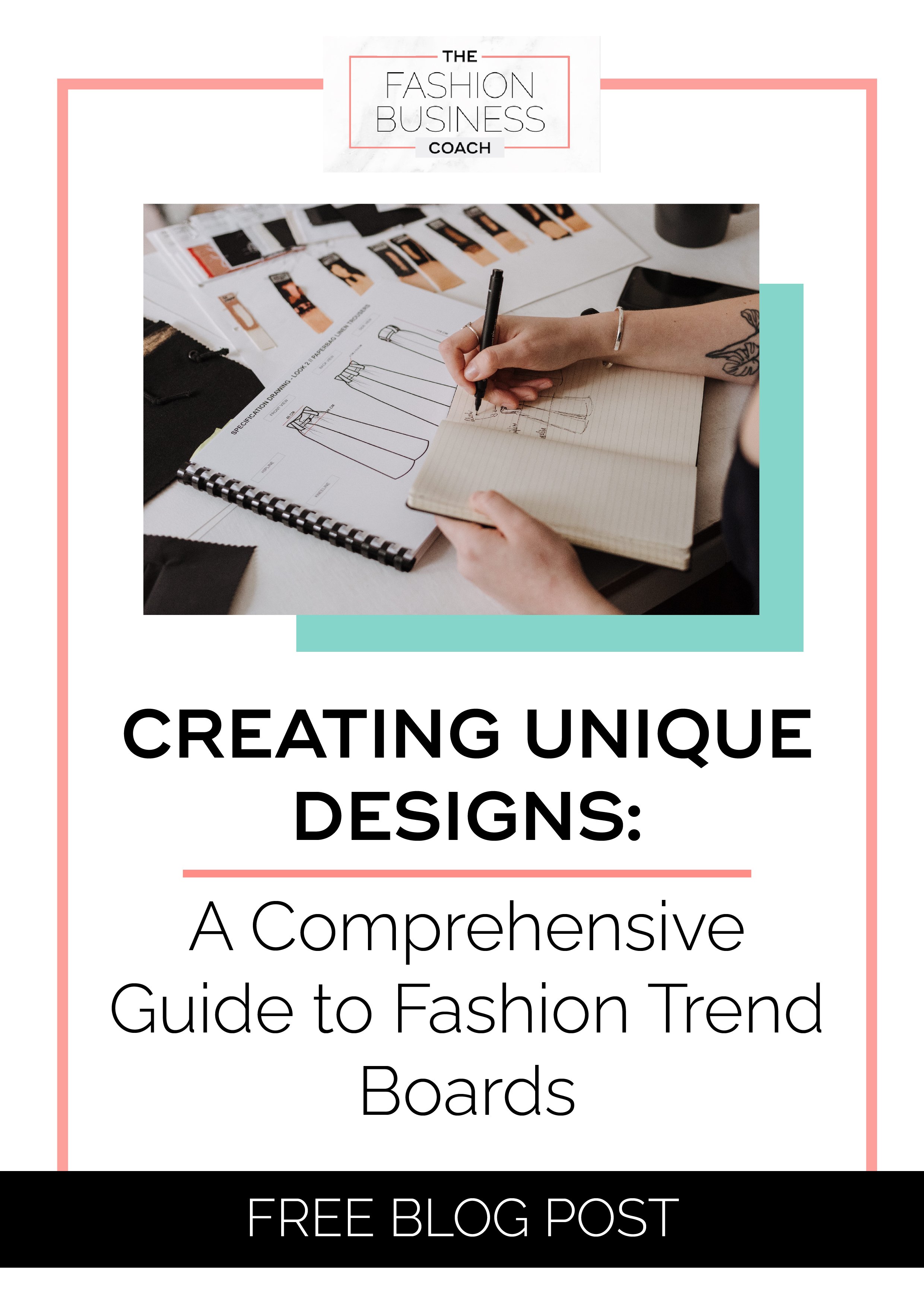
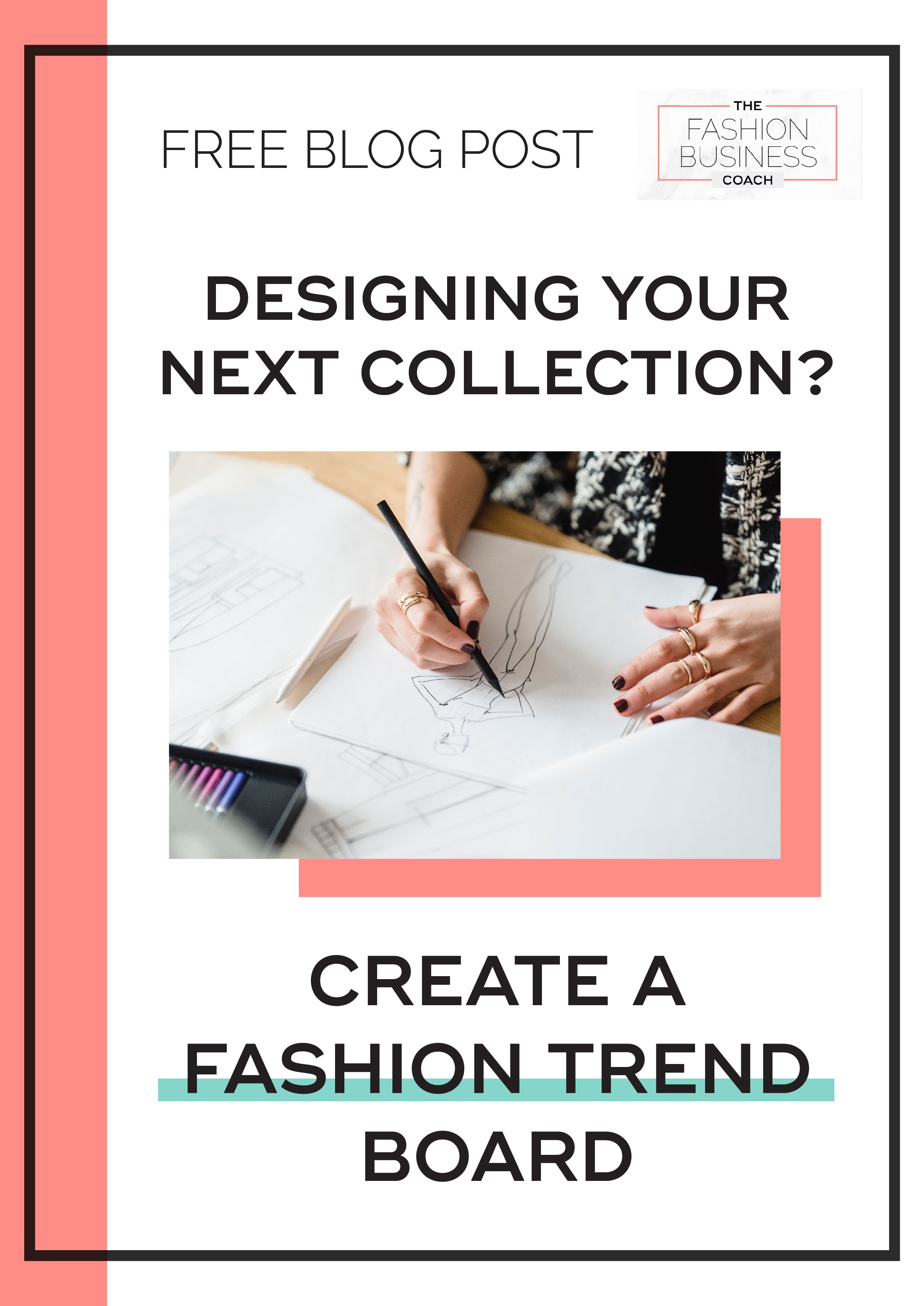

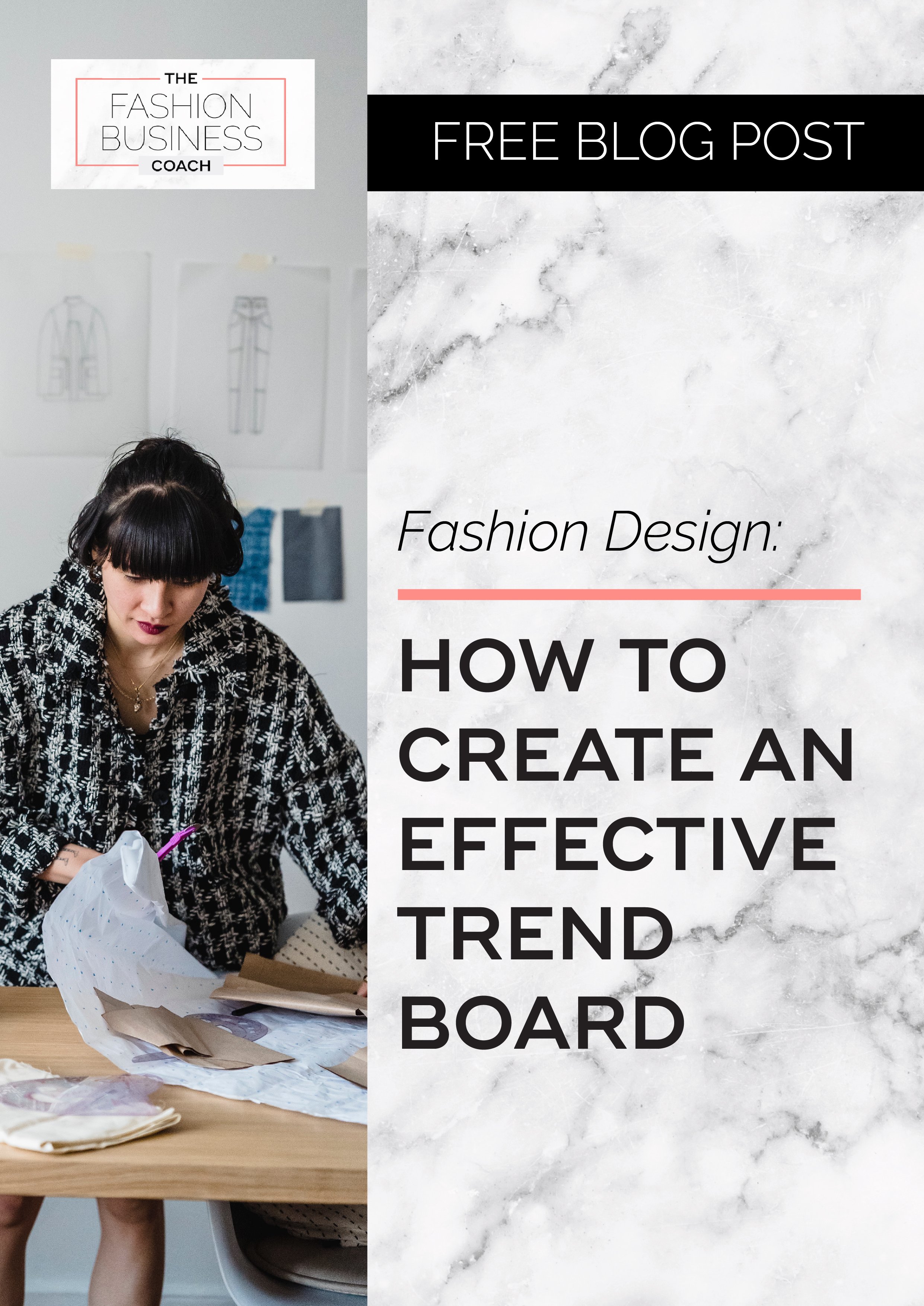
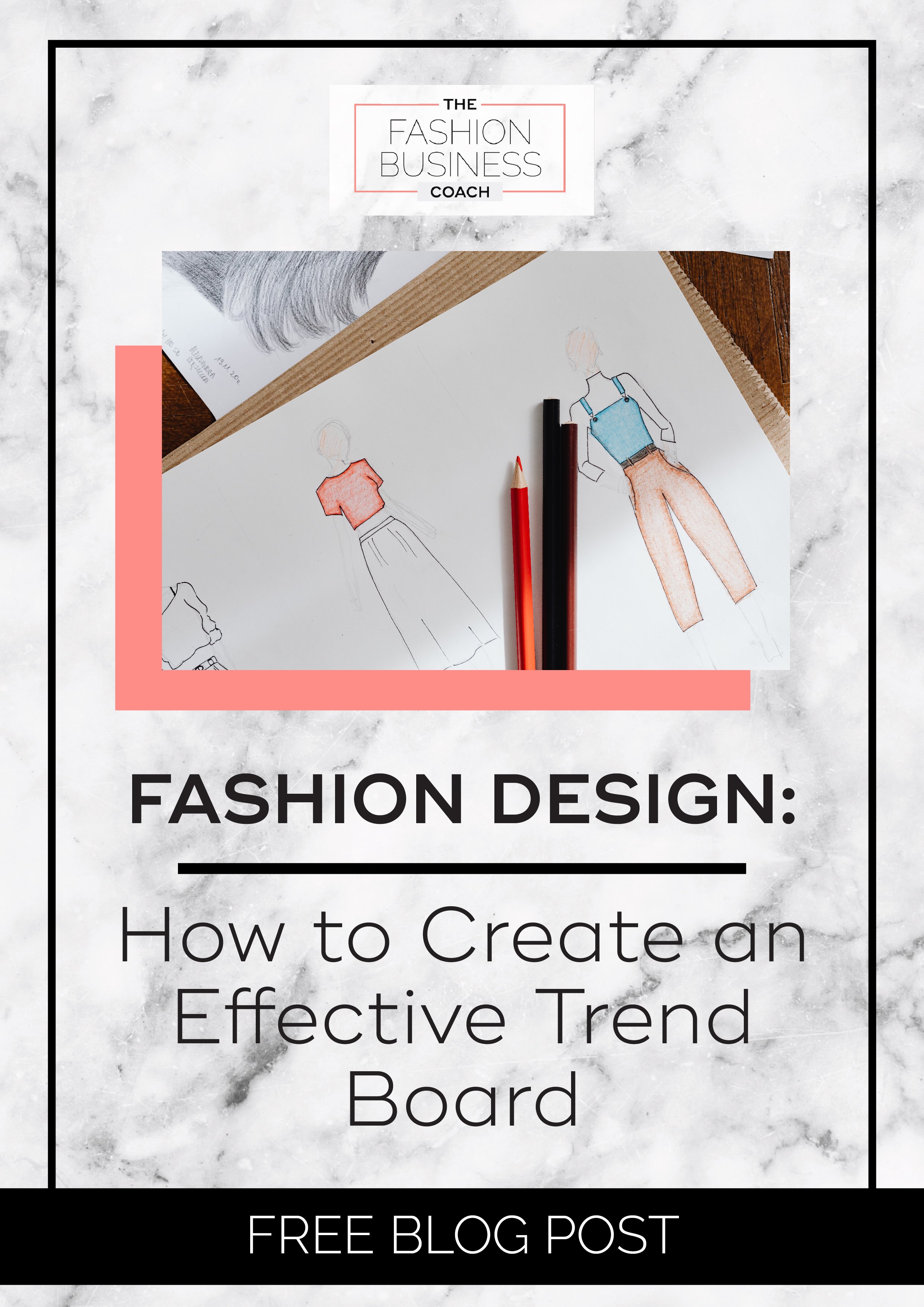

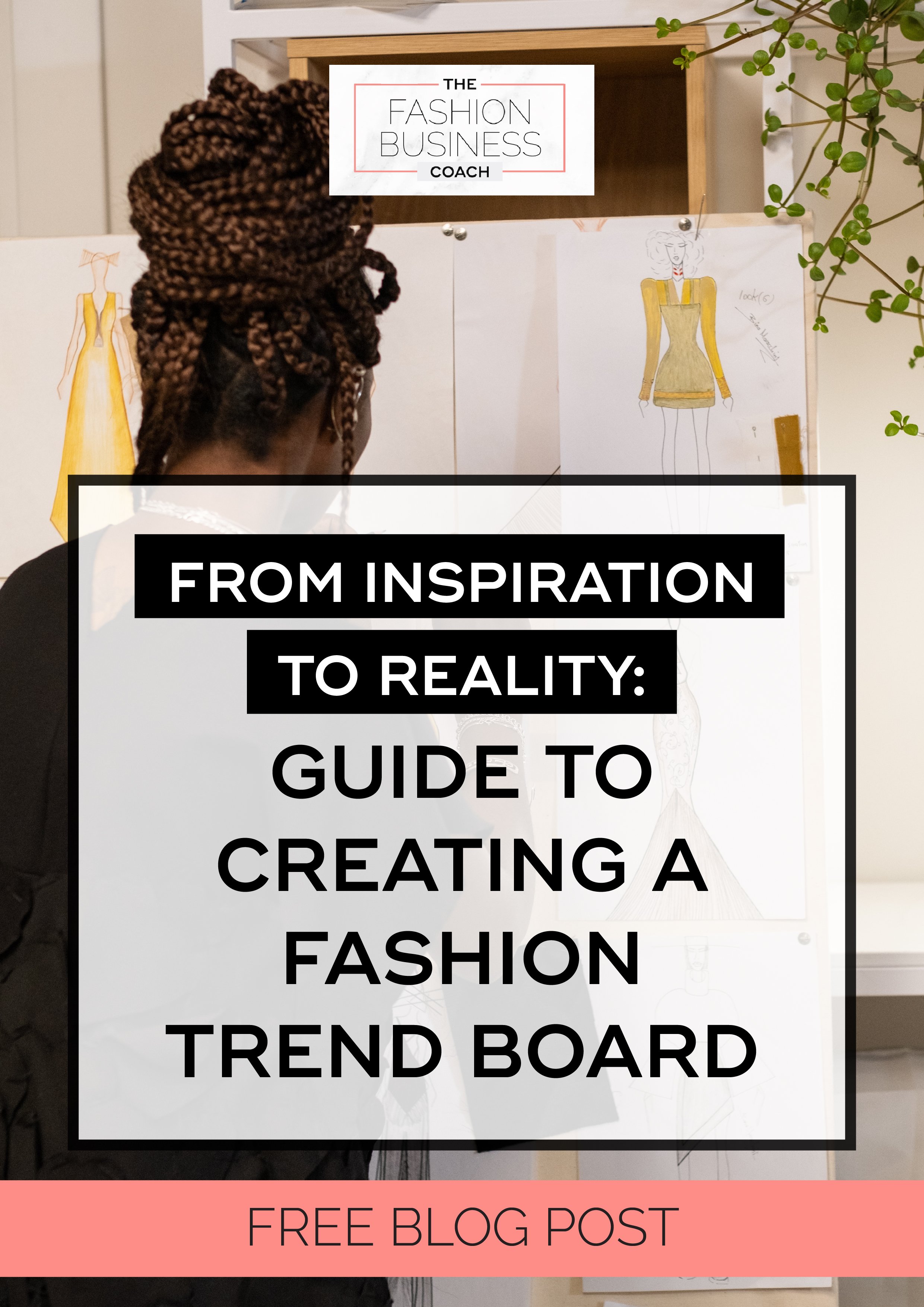
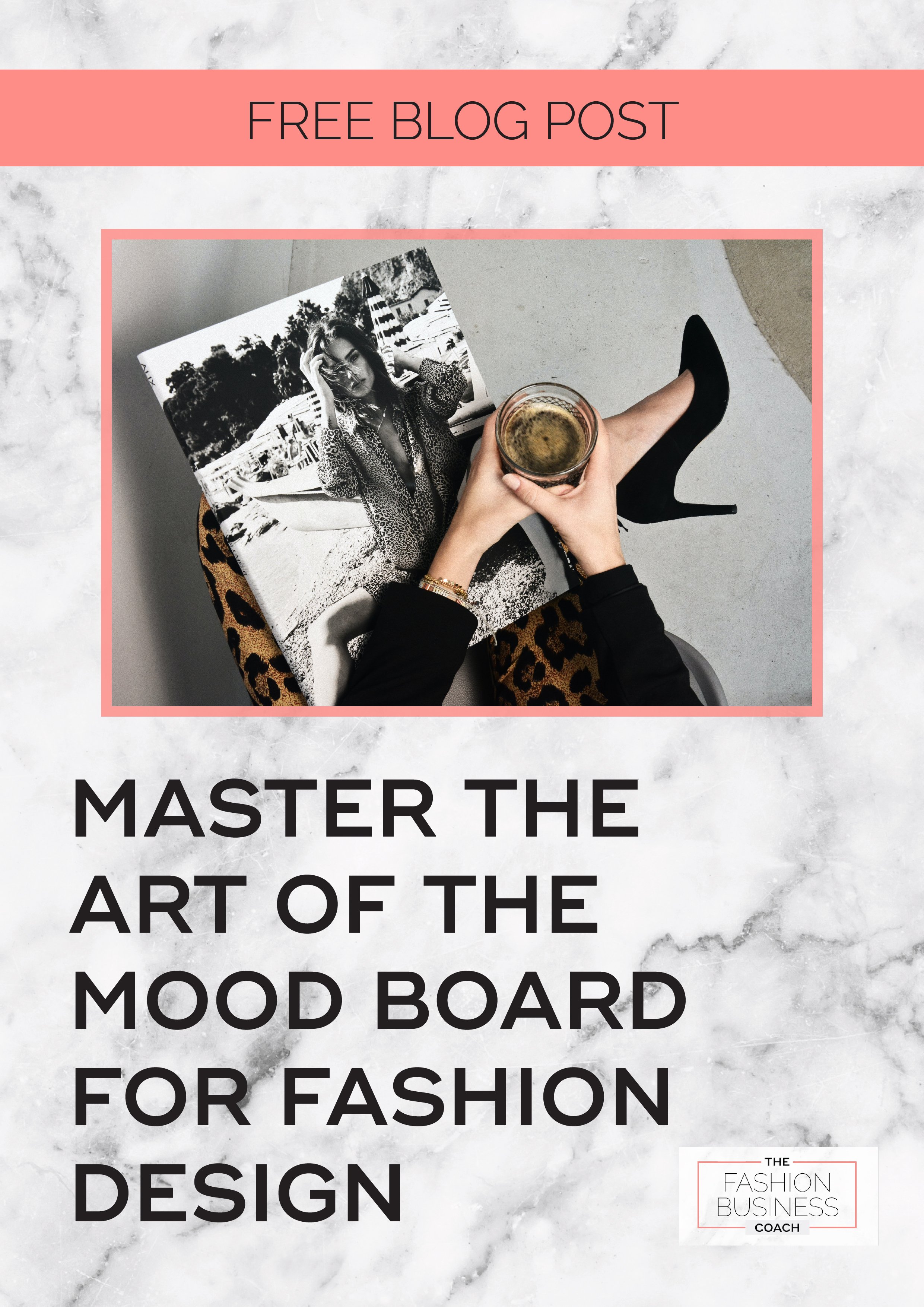
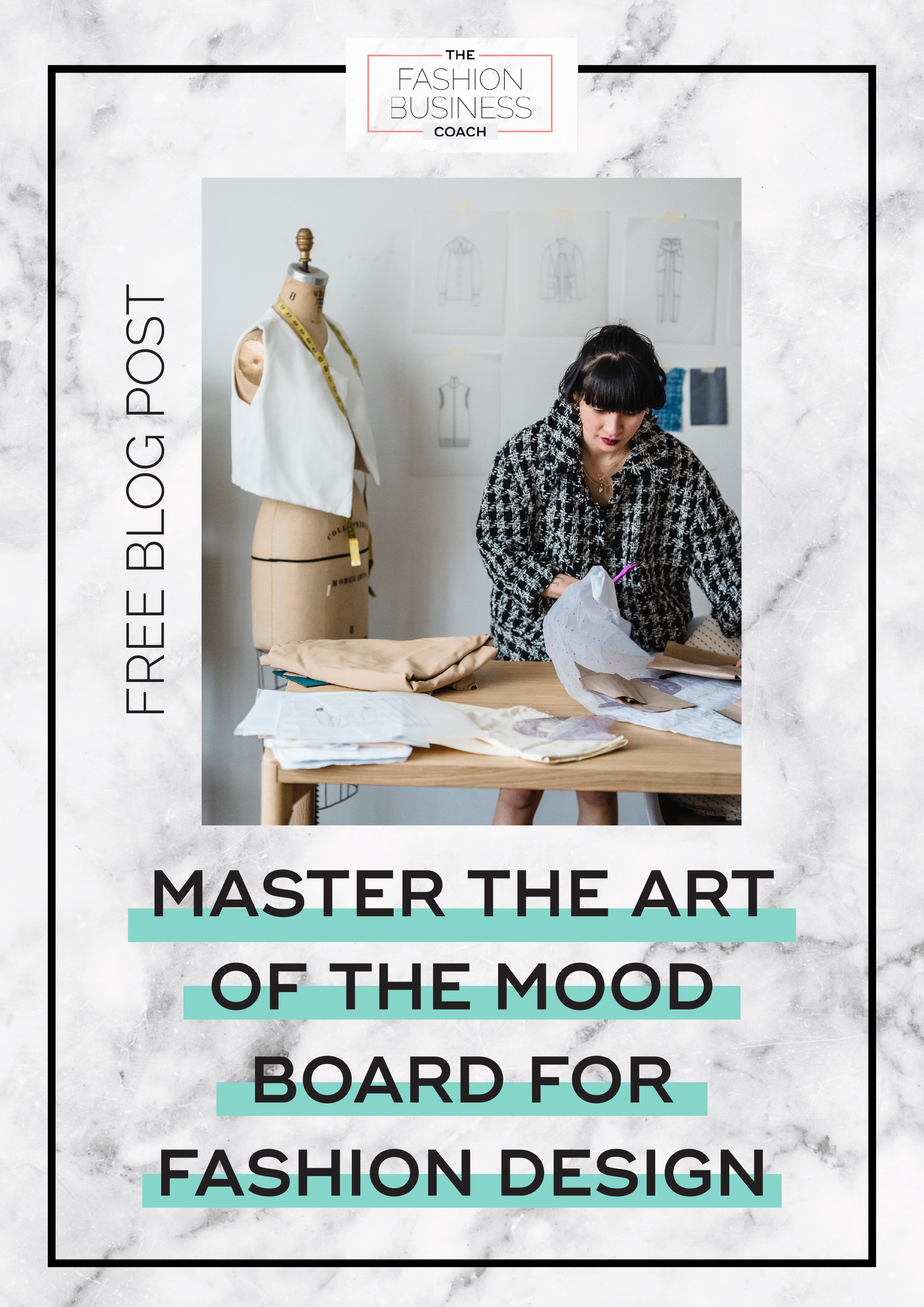

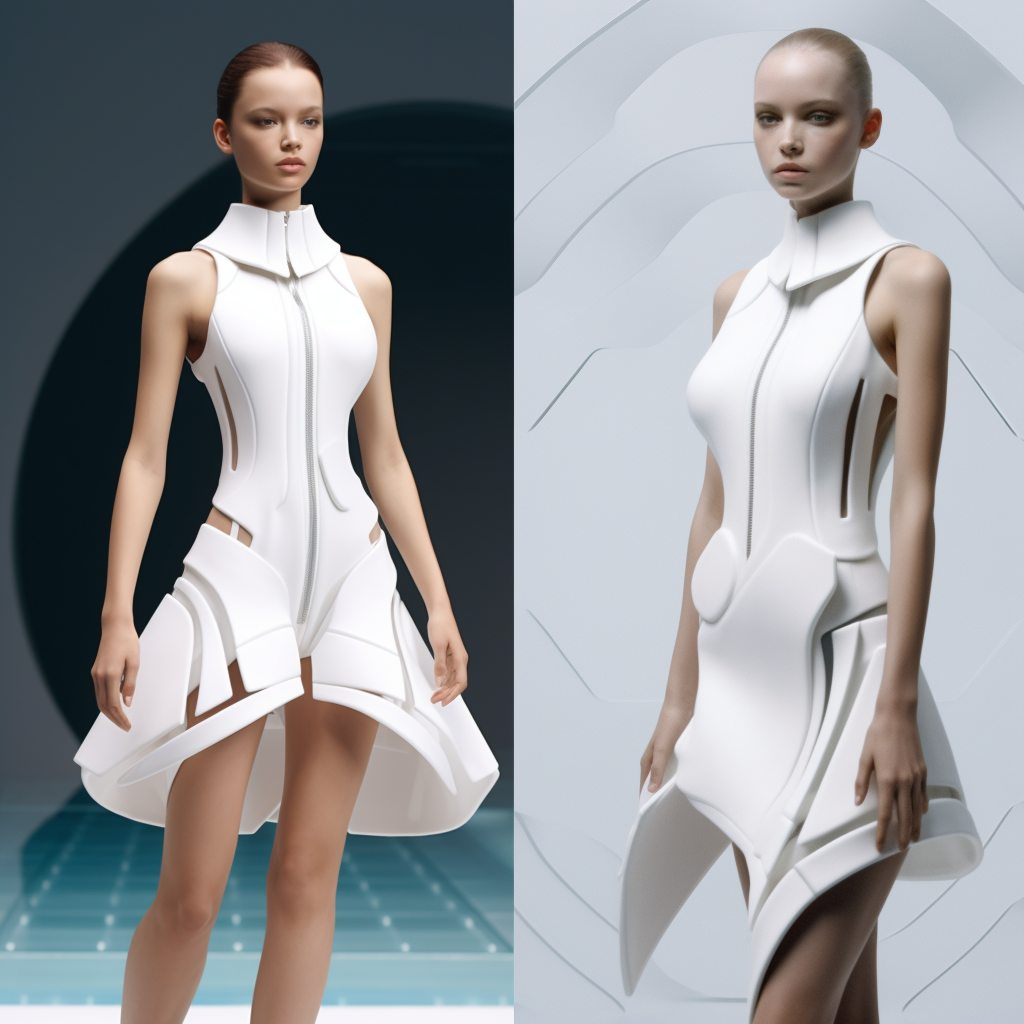










Pickleball outfit inspiration……